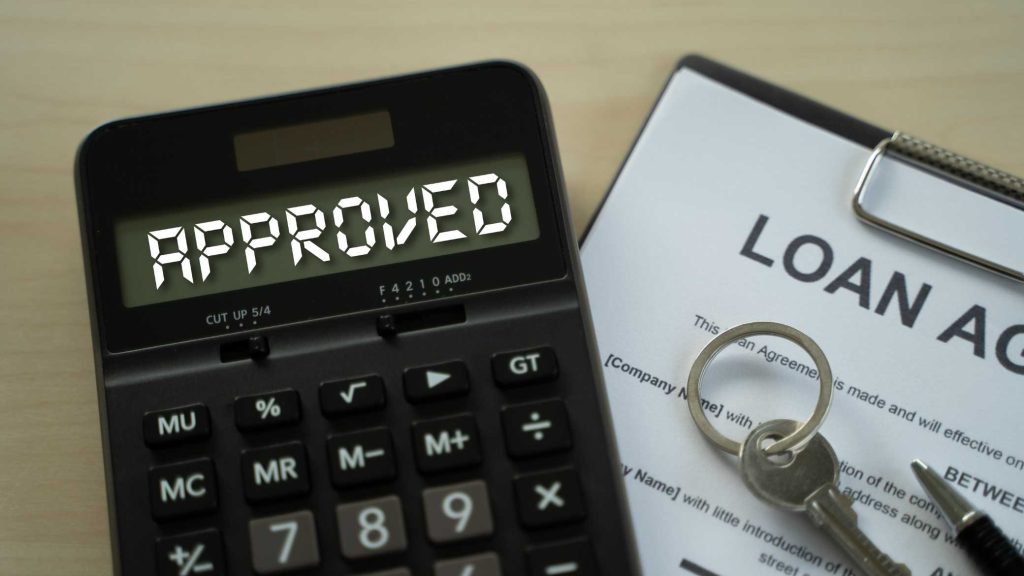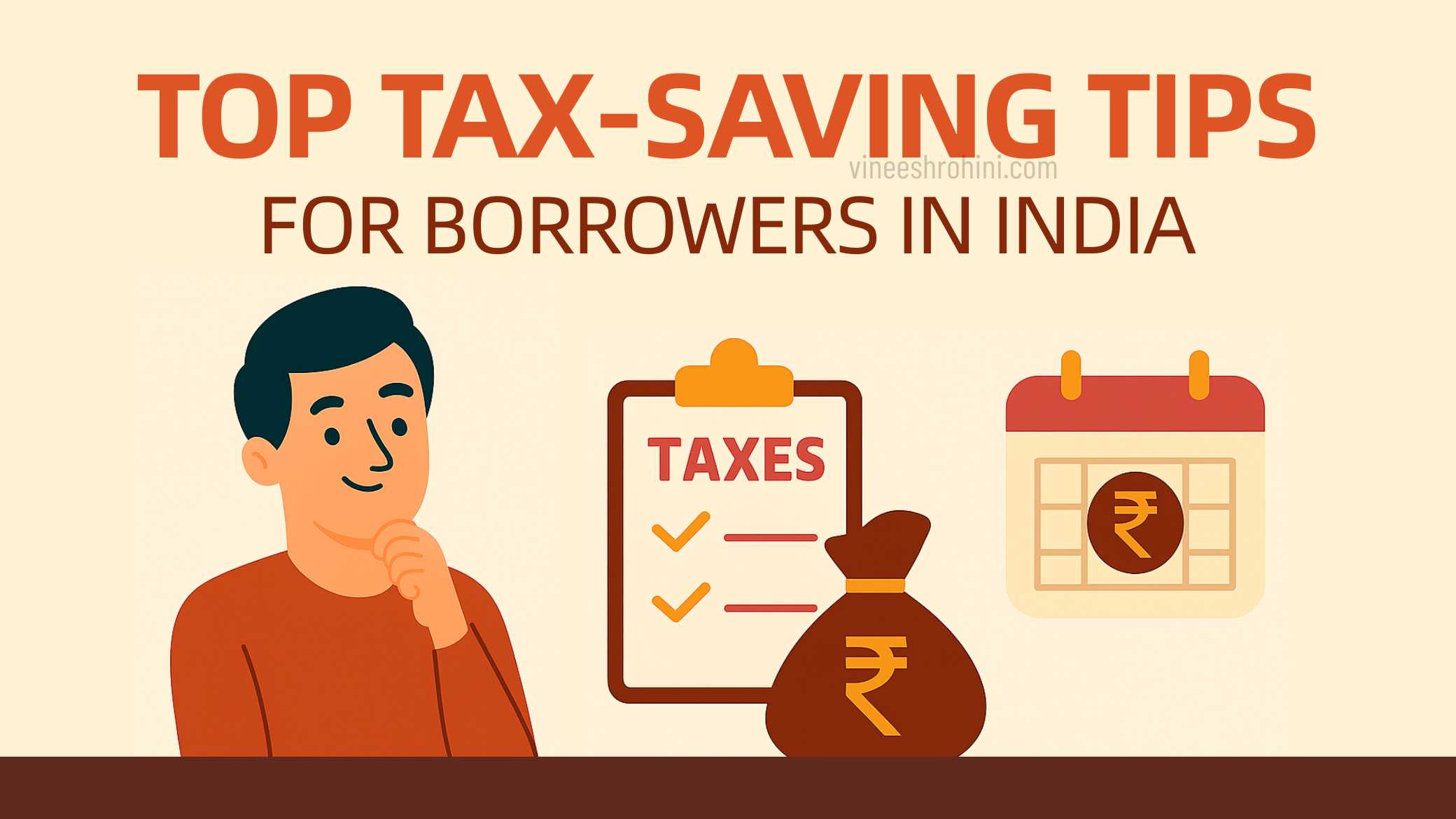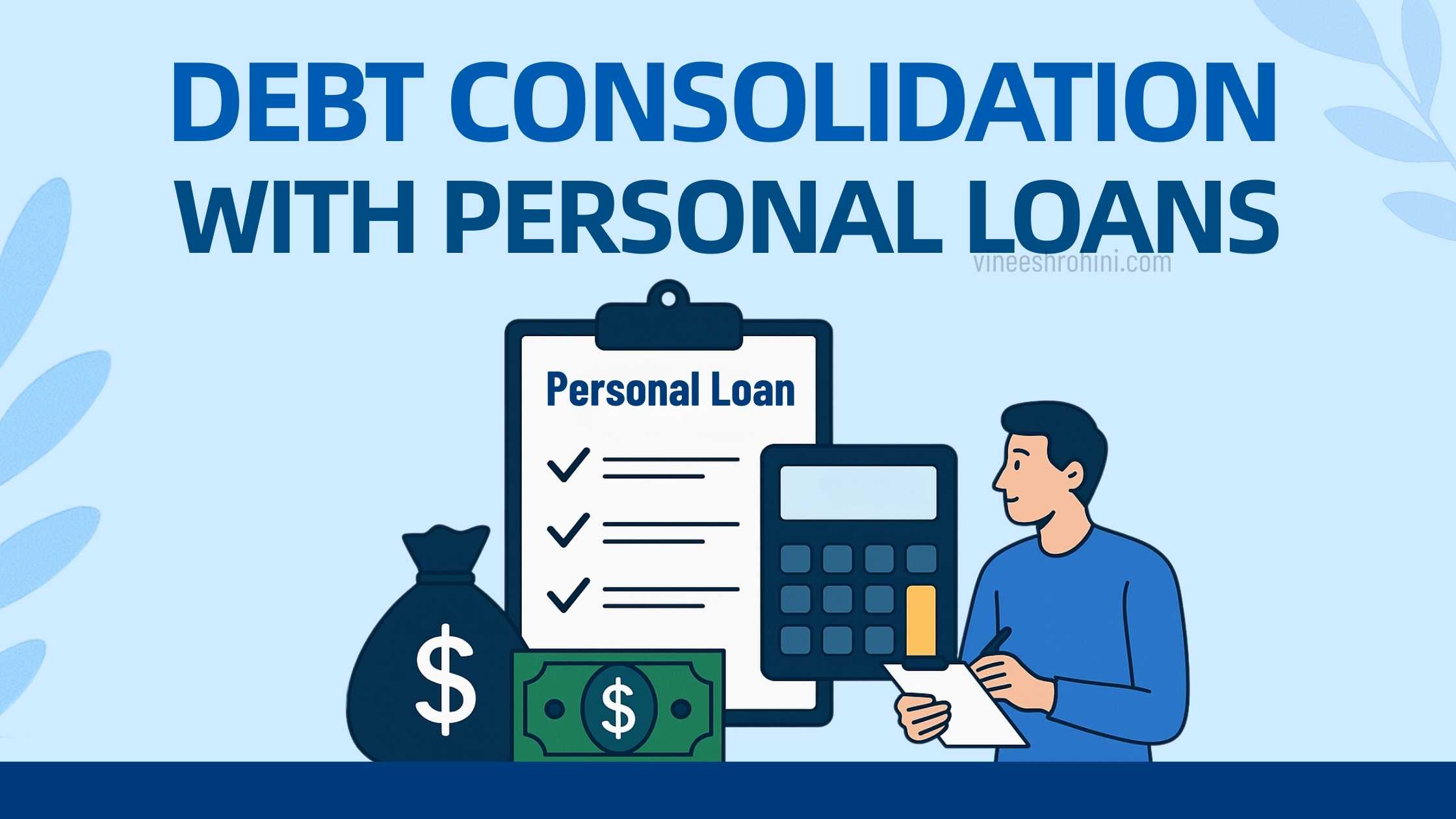PMEGP Latest Updates 2025 : Comprehensive Guide
PMEGP Latest Updates : The Prime Minister’s Employment Generation Programme (PMEGP) is one of India’s most impactful initiatives aimed at generating sustainable self-employment opportunities through micro-enterprise creation. It blends financial support, entrepreneurship development, and skill enhancement under a single umbrella. Since its inception, the scheme has empowered millions of Indians, particularly youth, women, and artisans, to start new ventures across manufacturing, service, and trade sectors. In 2025, PMEGP continues to evolve with policy updates, streamlined digital procedures, and revised subsidy structures to make entrepreneurship accessible to every Indian.
Table of Contents
This comprehensive guide covers every important aspect — the objectives, latest updates for 2025, eligibility criteria, loan structure, documentation, process flow, benefits, challenges, and step-by-step application guidelines — making it the ultimate reference for anyone planning to launch a small business under PMEGP.
1. Introduction to PMEGP

The PMEGP was launched by the Government of India in 2008 by merging two earlier schemes — the Prime Minister’s Rojgar Yojana (PMRY) and the Rural Employment Generation Programme (REGP). It is administered by the Khadi and Village Industries Commission (KVIC) as the national nodal agency under the Ministry of Micro, Small, and Medium Enterprises (MSME). The program’s core mission is to generate self-employment opportunities by providing financial assistance in the form of bank credit-linked subsidies to establish new micro-enterprises in both rural and urban areas.
Also Read… Free Housing for 3 Crore People | Govt Scheme
Unlike many traditional subsidy schemes, PMEGP doesn’t provide direct grants. Instead, it works on a credit-linked model, where banks sanction loans for viable projects and the government releases a certain percentage of the project cost as a margin money subsidy. This approach ensures accountability, financial discipline, and viability.
2. Objectives of PMEGP
The main objectives of the scheme are:
- To generate continuous and sustainable employment opportunities in rural and urban areas through new micro-enterprise creation.
- To provide financial assistance to first-generation entrepreneurs who lack collateral or prior business experience.
- To bring about inclusive growth by empowering marginalized communities — including SC/ST, OBC, minorities, women, ex-servicemen, and persons with disabilities.
- To promote self-reliance, skill development, and local resource-based entrepreneurship.
- To reduce rural migration by encouraging local job creation and small-scale industrialization.
3. PMEGP in 2025 – Key Policy Updates and Improvements
As of 2025, PMEGP has undergone several operational and digital updates aimed at improving accessibility, transparency, and speed of implementation. Some of the most significant updates include:
a) Dual Application Mode
While the online portal remains the preferred mode for applying, applicants now have the flexibility to submit physical applications at their nearest KVIC, KVIB, or District Industries Centre (DIC) offices. This update is crucial for entrepreneurs in low-internet connectivity regions.
b) Mandatory Udyam Registration
Every PMEGP beneficiary must obtain Udyam Registration before the disbursement of margin money. This ensures integration with the MSME database and enables access to various support schemes such as credit guarantees, subsidies, and export incentives.
c) Online Entrepreneurship Development Programme (EDP)
EDP training, previously conducted offline, is now available through online learning platforms. Applicants can complete mandatory EDP courses remotely, improving convenience and reducing time delays. EDP focuses on accounting, business management, marketing, and financial planning.
d) Physical Verification by Department of Posts
To enhance transparency and prevent fraudulent claims, the government has tied up with the Department of Posts to conduct physical verifications of PMEGP units. This partnership ensures faster verification and wider geographical coverage.
e) Revised Financial Ceilings
- For Manufacturing Units, the maximum project cost eligible for subsidy has been raised to ₹50 lakh.
- For Service or Business Units, the maximum project cost eligible for subsidy is ₹20 lakh.
f) Upgradation Scheme Continuation
Existing PMEGP or MUDRA units performing well are eligible for a second loan (upgradation assistance) — up to ₹1 crore for manufacturing and ₹25 lakh for service units — with a 15% to 20% subsidy for technology modernization and capacity expansion.
g) Portal Reopening and Enhanced Monitoring
In 2025, the e-portal has been updated for better load management and error tracking. Applicants can now check live status updates, bank processing progress, and physical verification schedules in real time.
h) Focus on Special Category Entrepreneurs
The scheme continues to prioritize beneficiaries from Scheduled Castes, Scheduled Tribes, Other Backward Classes, minorities, women, ex-servicemen, and transgender individuals by offering them reduced own contribution requirements and higher subsidy rates.
4. Financial Assistance Structure under PMEGP
PMEGP functions on a credit-linked subsidy pattern, where the project is primarily financed by the bank and a portion of the project cost is covered as a government subsidy.
| Category | Area | Own Contribution | Margin Money Subsidy |
|---|---|---|---|
| General | Urban | 10% | 15% |
| General | Rural | 10% | 25% |
| Special (SC/ST/Women/OBC/Minorities/PH/NER) | Urban | 5% | 25% |
| Special (SC/ST/Women/OBC/Minorities/PH/NER) | Rural | 5% | 35% |
Example:
Suppose a general category entrepreneur from a rural area wants to start a small food processing unit worth ₹20 lakh.
- Own contribution: ₹2,00,000 (10%)
- Bank loan: ₹18,00,000
- Margin money subsidy (25%): ₹5,00,000
The bank receives this subsidy and keeps it in a term deposit for three years. After successful operation and verification, the subsidy is adjusted, effectively reducing the entrepreneur’s repayment burden.
5. Eligibility Criteria for PMEGP in 2025
- Age: Minimum 18 years.
- Education: Minimum VIII standard pass required for projects above ₹10 lakh (manufacturing) and ₹5 lakh (service).
- Nature of Unit: Only new projects are eligible. Existing units or those that have availed government subsidies under any other scheme are ineligible.
- Eligible Entities:
- Individual entrepreneurs
- Self-Help Groups (including BPL)
- Registered societies
- Charitable trusts
- Production-based co-operatives
- Excluded Units: Units engaged in activities prohibited by local law, or projects already financed under other government credit-linked schemes.
6. Documents Required for PMEGP Application
- Aadhaar card and PAN card
- Passport-sized photographs
- Project report (DPR)
- Educational qualification certificates
- Caste certificate (if applicable)
- Rural area certificate (if applicable)
- Udyam registration (if available at application stage)
- Rent agreement or land ownership proof for business premises
- Bank account details
- EDP training certificate (can be submitted later)
All documents must be scanned and uploaded to the official PMEGP portal during the online application process.
7. Step-by-Step PMEGP Application Process (2025)
Step 1: Preparation
Prepare a concise and realistic project report detailing the business plan, cost structure, employment generation potential, and expected returns. Use KVIC’s model project profiles as a guideline.
Step 2: Online or Physical Application
Apply online through the official PMEGP portal or submit a physical application at your nearest KVIC/KVIB/DIC office. Ensure all documents are attached and information is accurate.
Step 3: Scrutiny and Shortlisting
The implementing agency (KVIC, KVIB, or DIC) reviews your application, verifies eligibility, and forwards it to the District Level Task Force Committee (DLTFC) for evaluation and recommendation.
Step 4: Interview and Sanction
Shortlisted applicants are invited for a short interview or presentation before the DLTFC. Once approved, your application is sent to the preferred bank for financial appraisal.
Step 5: Bank Appraisal and Loan Sanction
The bank evaluates project viability, creditworthiness, and collateral-free lending limits. Once satisfied, it sanctions the loan and requests the release of margin money subsidy.
Step 6: Margin Money Release
The government releases the margin money subsidy to the bank, which holds it in a term deposit for three years. During this period, the entrepreneur repays regular EMIs as per bank terms.
Step 7: EDP Training
Before the final disbursal or margin adjustment, the entrepreneur must complete the mandatory Entrepreneurship Development Programme (EDP), either offline or online.
Step 8: Unit Establishment and Physical Verification
Once the business starts operations, the implementing agency arranges a physical verification through designated officials or the Department of Posts.
Step 9: Subsidy Adjustment
After successful verification and three years of satisfactory operation, the margin money subsidy is adjusted into the borrower’s account, effectively reducing loan liability.
Buy Now : ChatGPT Money Making Machine
8. Activities Covered under PMEGP
PMEGP covers a wide range of manufacturing and service activities, including but not limited to:
- Food processing and packaging
- Handicrafts and cottage industries
- Tailoring and garment manufacturing
- Automobile repair and service workshops
- Printing, screen printing, and digital services
- Agro-based industries and herbal products
- Engineering and fabrication works
- Electrical and electronic assembly units
- Furniture making and woodcraft
- Beauty salons, mobile repair, and wellness services
Activities involving alcohol, tobacco, or polluting materials are strictly excluded.
9. PMEGP Upgradation Scheme (Second Loan Facility)
To support existing successful PMEGP or MUDRA beneficiaries, the government allows upgradation loans for expanding or modernizing operations.
- Maximum eligible cost: ₹1 crore (manufacturing), ₹25 lakh (service)
- Subsidy: 15% (General), 20% (Hill and NER areas)
- Conditions: The unit must have maintained good repayment history and created at least one additional job.
This feature ensures sustainability and continuous enterprise growth beyond the initial startup phase.
10. Advantages of PMEGP
- Financial access for first-time entrepreneurs with minimal equity burden.
- Significant subsidy support for marginalized groups and rural entrepreneurs.
- Collateral-free lending under CGTMSE coverage.
- National reach with local-level facilitation via DICs and KVIBs.
- Focus on employment generation rather than mere income creation.
- Integration with Udyam registration for seamless MSME support linkage.
- Online portal for transparent application tracking and monitoring.
- Skill enhancement through mandatory EDP training.
11. Common Reasons for PMEGP Application Rejection

Despite being a powerful scheme, many applications are rejected due to avoidable mistakes such as:
- Incomplete documentation or missing project reports.
- Unrealistic financial projections or inflated costs.
- Duplicate applications under the same or other government schemes.
- Unclear business model or inadequate technical feasibility.
- Not meeting educational or age criteria.
- Delays in EDP completion or physical verification.
Applicants should carefully cross-check all criteria and documents before submission to minimize rejection risk.
12. Monitoring and Evaluation
PMEGP operates under a three-tier monitoring system — at the national, state, and district levels. The KVIC headquarters oversees fund allocation and monitoring, while state offices coordinate with banks and local bodies. Each DIC maintains a record of project progress, employment generated, and subsidy utilization. Regular physical verifications and third-party evaluations ensure transparency.
13. The Role of Banks in PMEGP Implementation
Banks act as the financial backbone of PMEGP. Once the loan is sanctioned, they hold the margin money subsidy in a Term Deposit for three years. After satisfactory performance, the subsidy is credited to the borrower’s loan account. Banks also guide applicants through loan documentation, repayment schedules, and collateral-free financing options.
All major public sector banks, regional rural banks, and selected private sector banks participate in the PMEGP scheme, ensuring wide accessibility across India.
14. Challenges and Improvements Needed
While PMEGP is a transformative program, a few challenges persist:
- Delays in margin money release due to procedural bottlenecks.
- Limited awareness in rural and remote regions.
- Inconsistent quality of project reports.
- Complex documentation requirements.
- Delayed physical verification and EDP scheduling.
The 2025 updates — such as digital EDP, postal verification, and streamlined application review — are major steps toward addressing these issues.
15. Practical Tips for Applicants
- Choose a project that aligns with your experience or local demand.
- Prepare a realistic and detailed project report with accurate costing.
- Keep your documentation complete and updated.
- Attend the EDP training seriously — it adds credibility to your application.
- Maintain clear communication with the bank and follow up regularly.
- Use the official portal’s dashboard to track your application.
- Ensure your unit starts operations within the sanctioned timeline.
- Keep proper financial records for verification.
PMEGP Latest Updates – Conclusion

The Prime Minister’s Employment Generation Programme (PMEGP) continues to be a cornerstone of India’s micro-enterprise ecosystem in 2025. With its focus on inclusivity, financial accessibility, and skill-based entrepreneurship, it stands as a lifeline for rural youth and first-time business owners.
Also Read : Where to Sell Online Business : Comprehensive Guide 2025
The scheme’s evolution — from offline paperwork to fully digital monitoring, from manual verifications to postal tracking, and from one-time funding to scalable upgrades — reflects the government’s commitment to long-term employment generation. For aspiring entrepreneurs, PMEGP offers not just capital support, but a pathway to economic self-reliance, empowerment, and nation-building.
Disclaimer : This article is for educational and informational purposes only. It does not constitute financial advice, business recommendation, or government communication. Readers are advised to consult the official PMEGP implementing agencies or their nearest District Industries Centre for the latest procedural guidelines and eligibility clarifications before applying.



